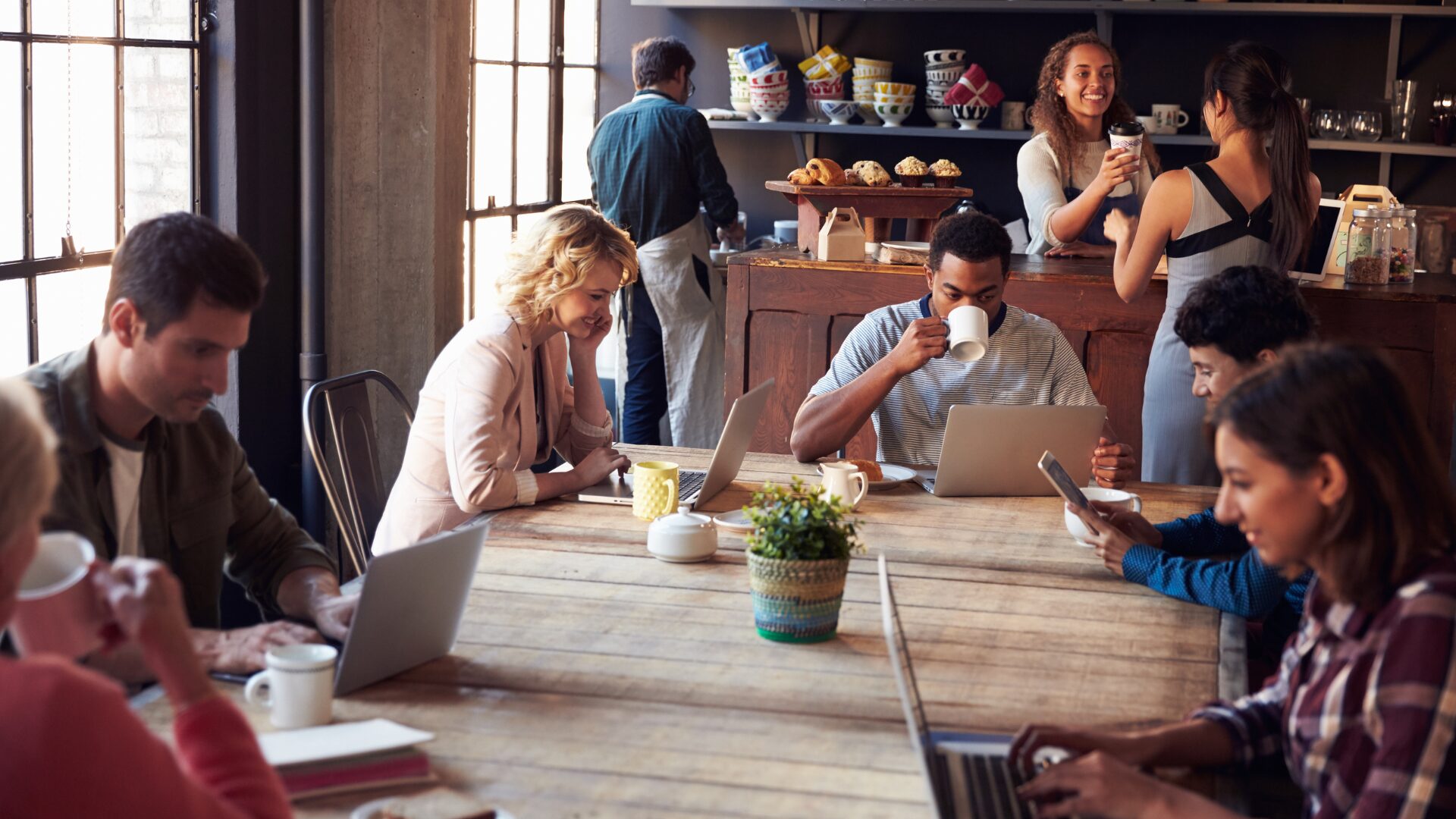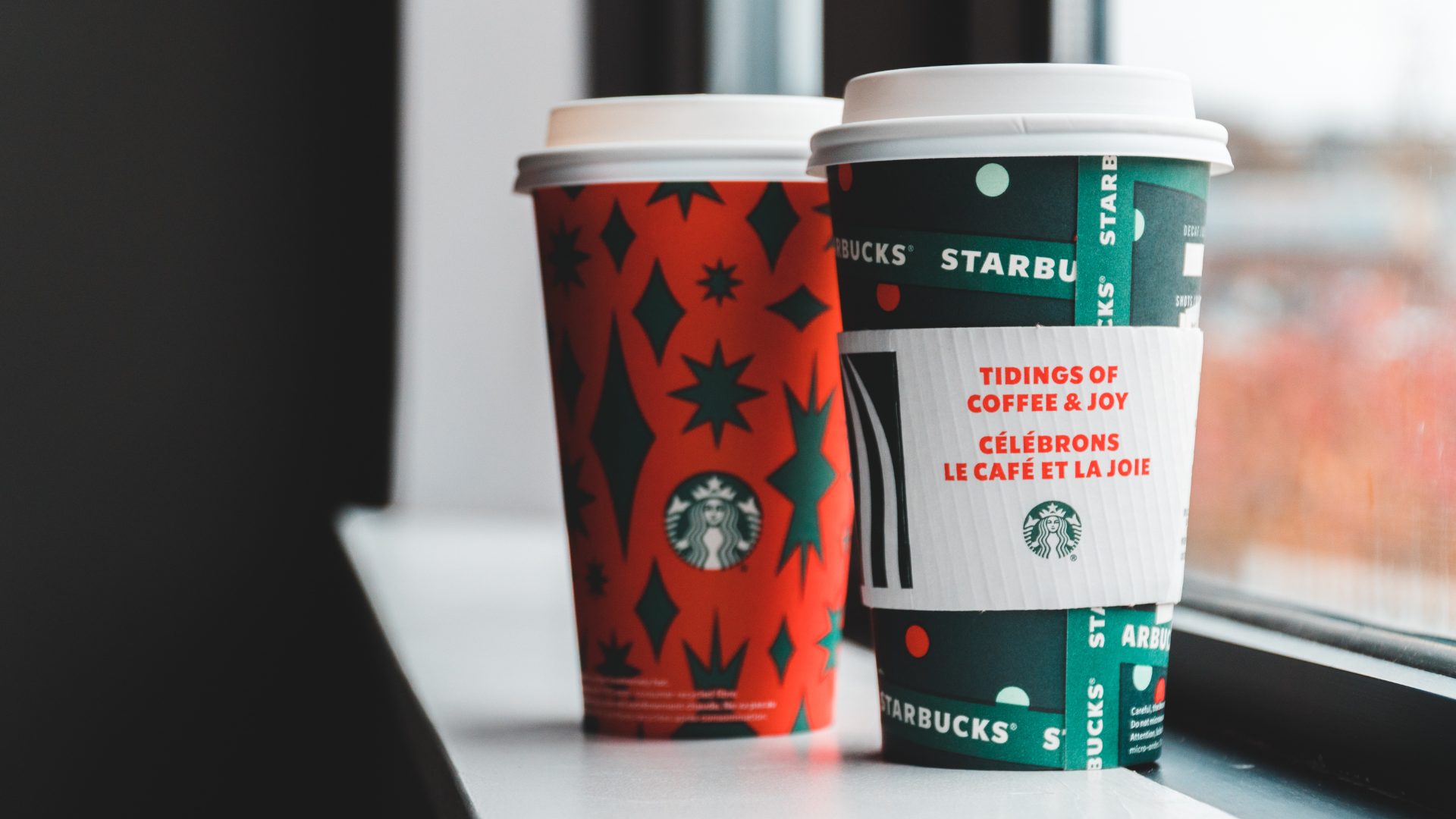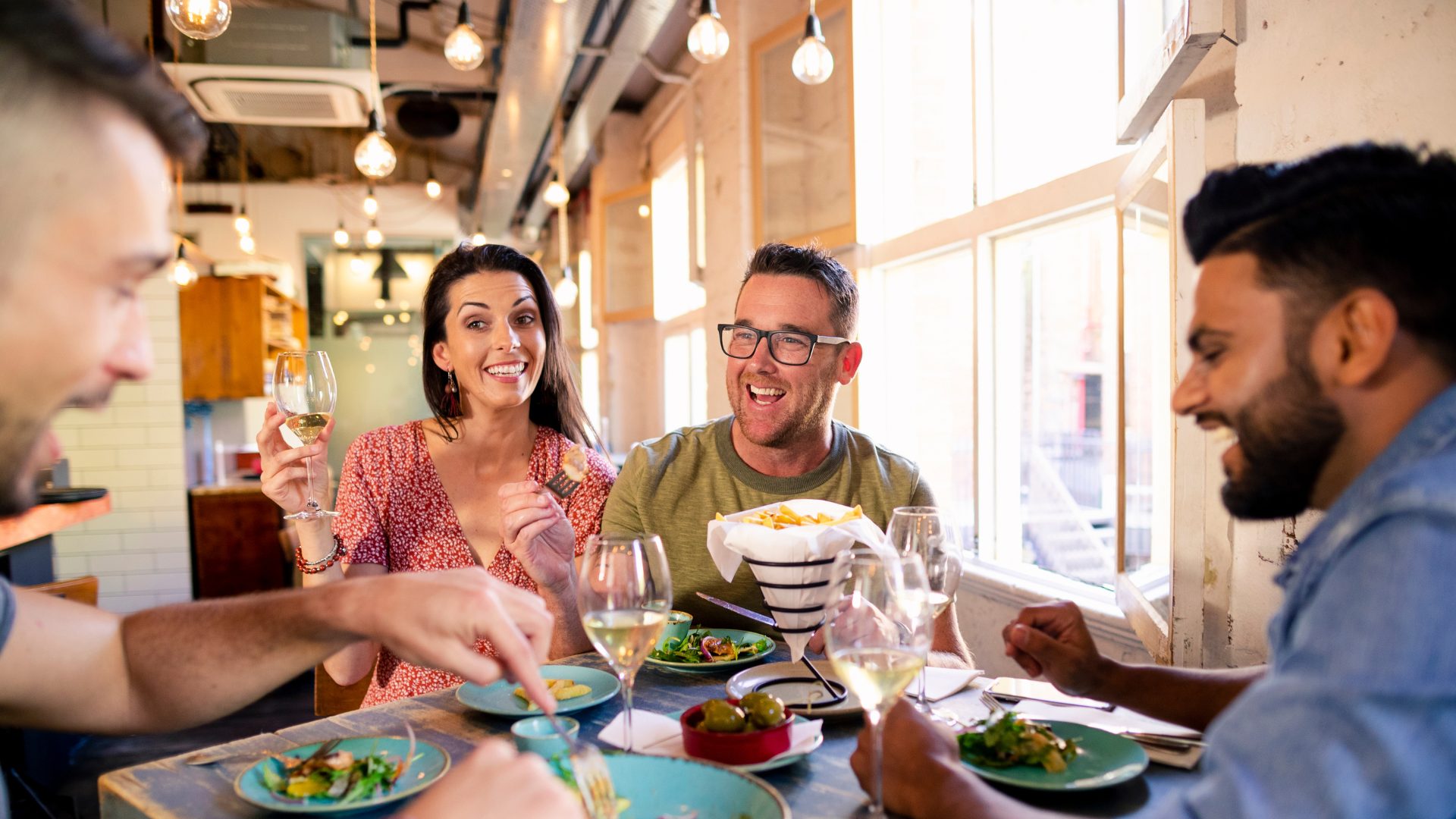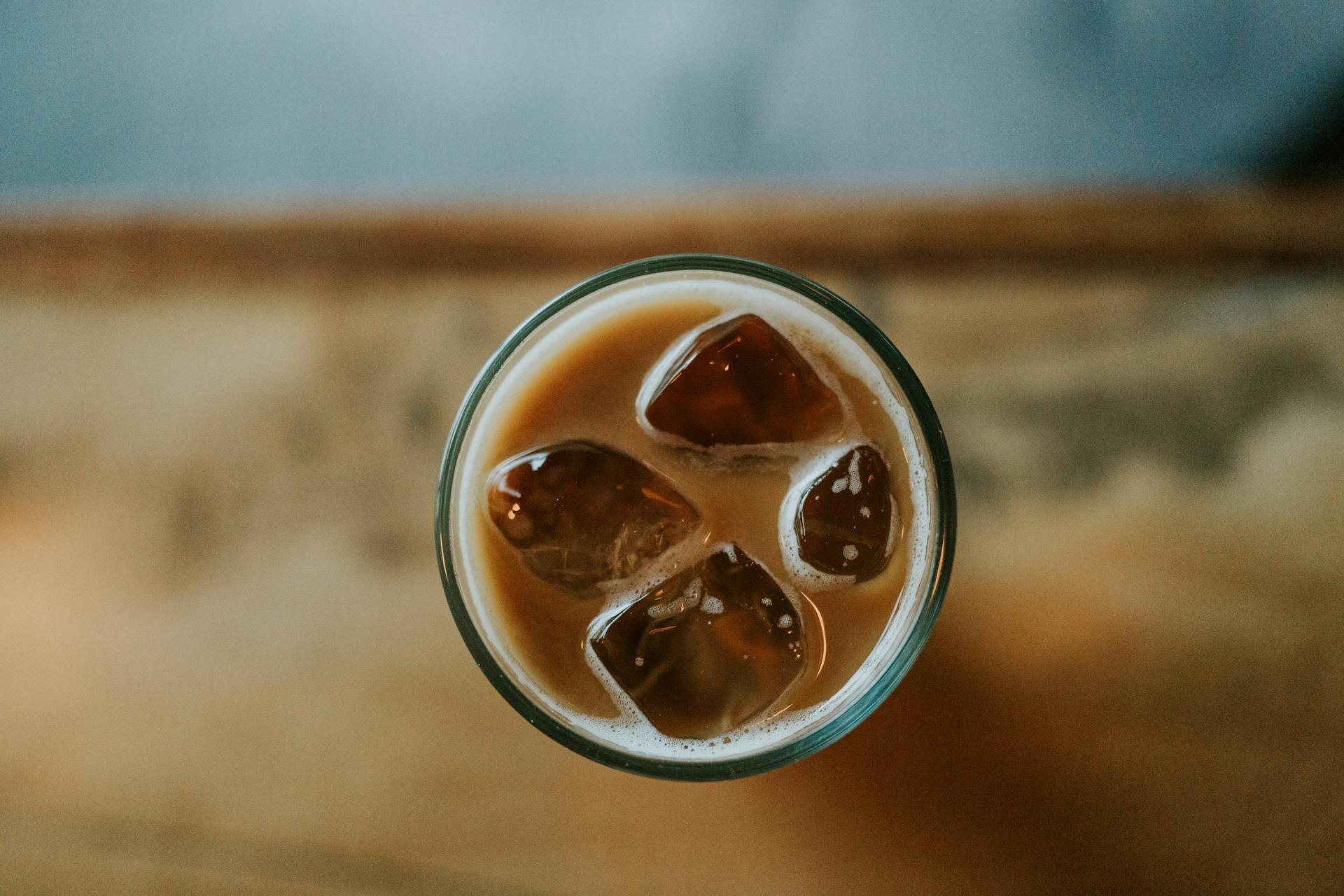To the chagrin of executives who opine that adults could build their wealth if they would just get their caffeine fix at home, out-of-home coffee consumption has returned to its pre-pandemic glory, resuming its highest level since January 2020, according to a recent consumer poll from the National Coffee Association.
This signals a welcome rebound for the café industry which has weathered years of decreased patronage and persistent inflation.
The results come ahead of National Coffee Day on September 29.
“There’s no better way to celebrate National Coffee Day than with the great news that coffee remains America’s favorite beverage other than bottled water, and that most Americans are familiar with coffee’s unique health benefits,” said NCA president and CEO William Murray, in a statement.
As Murray mentioned, the report found that American consumers feel coffee offers a host of physical and psychological benefits that may contribute to the beverage’s perceived immutable support. Some consumer insights include:
- 51% feel coffee is good for their health
- 55% say it improves mental focus
- 46% say it improves physical endurance.
“America loves coffee, and it loves them back,” avowed Murray.
Opportunities Beyond the Cup Abound
Pandemic-era interest in the craft of coffee has also endured. As a result, specialty coffee has maintained its 13-year high, with 45% of Americans saying they’ve had a specialty brew within the past day. This may be why national retailers are breaking into the category with premium offerings. Stop & Shop, for example, recently unveiled a seven-SKU line Taste of Inspirations coffee in single-serve and ground coffee formats that tout unique and complex flavor profiles.
Independent CPG brands would also be happy to learn that interest in ready-to-drink coffee consumption has more than doubled since 2023, priming the category for growth.
A session at the NGA Show earlier this year zeroed in on RTD coffee’s untapped potential. Arthur Lopez, VP of marketing for coffee and tea supplier Finlay’s, explained that the category has become a “permissible indulgence” – a healthy way for consumers to treat themselves. These products feature cleaner labels and shoppers are willing to pay almost a dollar more per unit than other caffeinated beverages.
“The category has been growing for 25-plus years and is finally showing signs of maturation,” said Lopez.
In short: strike while the brew is hot.
Coffee Wars: Starbucks vs Dunkin’
In the last three months, 55% of coffee buyers bought their morning or afternoon fix from Starbucks compared to 42% who opted for Dunkin’, according to a recent report from data insights platform Tracksuit. This gap widens among consumers aged 18-34: 68% purchased from Starbucks versus 48% from Dunkin’ (including shoppers who purchased from both chains).
The Tracksuit found that consumers commonly describe Starbucks as “expensive” and “luxurious” with nuanced divisive flavor profiles consistent with specialty brews like “rich,” “robust,” and “bitter,” whereas Dunkin’ is viewed as “inexpensive” and “classic” with straightforward flavor profiles.
Starbucks, known for spearheading the second-wave coffee movement that brought espresso-based drinks to American audiences, has doubled down on innovation that recognizes sourcing practices consistent with the third-wave “specialty coffee” movement that dawned at the turn of the century.
On the other hand, Dunkin’ has leaned into other food and beverage trends to stay competitive. Recently, it unveiled Dunkalatte, a latte that “tastes like a melty milkshake” according to the chain. The beverage plays into the regional flavor trend by incorporating coffee milk, an innovation inspired by Rhode Island’s official state drink.
Both chains have their devotees and their impact on the domestic café scene is undeniable. Where Tracksuit data implies Starbucks is “upscale,” Dunkin’ is known for its “approachable” identity.
The Food Institute Podcast
Restaurant results for the second quarter weren’t stellar, but people still need to eat. Are they turning to their refrigerators, or are restaurants still on the menu for consumers? Circana Senior Vice President David Portalatin joined The Food Institute Podcast to discuss the makeup of the current restaurant customer amid a rising trend of home-centricity.












